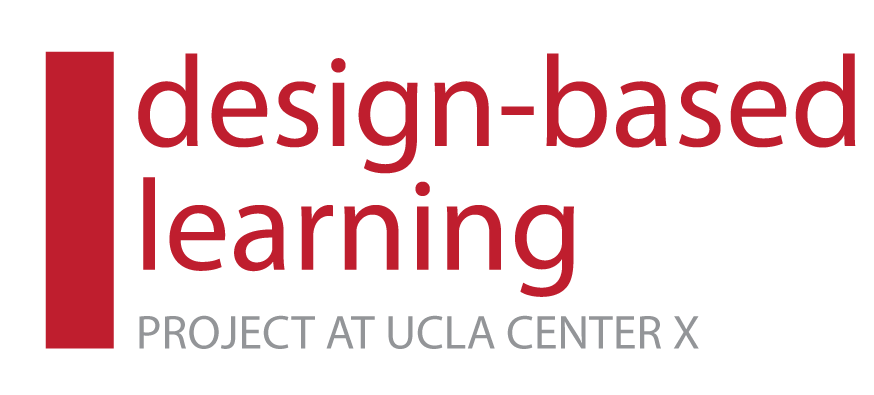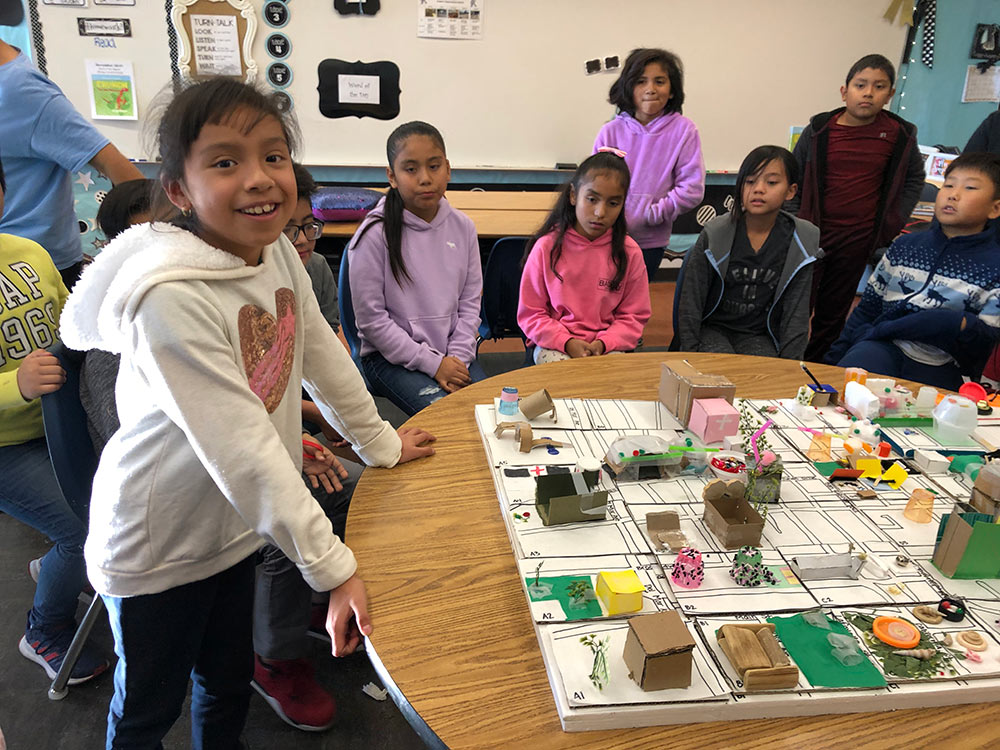Reimagine your classroom experience with Design-Based Learning (DBL). Building upon the Doreen Nelson Method of Design-Based Learning™, a research-based instructional methodology successfully used in classrooms since 1959, our Project engages K-12 teachers as they integrate hands-on Design Challenges into the classroom to teach the required content standards. Learning by doing, students develop the Deeper Learning competencies by seeking and solving curriculum-based problems.
This interdisciplinary pedagogy is rooted in the spatial domain. Using a 6 ½ Step Backwards Thinking™ framework, teachers learn how to “sneak up” on learning and engage students by delivering required K-12 curriculum without the need for special materials or new lessons.
Students start by building simple 3-Dimensional artifacts that provide the foundation for teaching the required K-12 content through Guided Lessons.
This flexible, step-by-step process pre-assesses students’ knowledge about what will be taught before they learn subject matter content, reversing conventional “frontward” practice that teaches skills and information first. The “backwards” process engages students in Deeper Learning and ignites creativity, critical thinking, and a desire to learn.
The benefits of using Design-Based Learning in K-12 classrooms:
- Student-centered
- Content-driven, hands-on learning
- Ignites self-expression
- Incorporates Social and Emotional Learning
- Develops Deeper Learning competencies
- Strengthens speaking, thinking & listening skills
- Supports better learning retention
- Cross-curricular and standards-based
- Built-in assessment tools, including self-evaluation
- Fosters collaboration, community & civics
- Improves test-taking skills & scores



